Comprehensive Analysis of Cyanogen Chloride: Detection Methods and Applications
Overview of Cyanogen Chloride
Cyanogen chloride (ClCN) is a volatile and toxic chemical compound with significant applications in industrial and research fields. Due to its potential risks to human health and the environment, the **accurate detection and analysis** of cyanogen chloride are of paramount importance. This article delves into the scientific methodologies for its detection, ensuring both precision and reliability.
Sample Collection for Cyanogen Chloride Detection
The first step in any detection process is the proper collection of samples. For cyanogen chloride, samples are typically taken from **air, water, or industrial byproducts**. Specialized sampling equipment, such as gas-tight syringes or sealed collection bags, is essential to maintain the integrity of the samples. Attention to storage conditions, such as temperature control and avoiding light exposure, is also crucial to prevent degradation of the compound.
Key Detection Parameters
When detecting cyanogen chloride, specific parameters must be analyzed to ensure thorough and accurate results. These include:
- Concentration Levels: Determining the amount of cyanogen chloride in the sample, often expressed in parts per million (ppm).
- Purity: Assessing the presence of impurities that might interfere with detection.
- Decomposition Products: Identifying byproducts formed under different environmental conditions.
Each parameter provides critical data for understanding the compound’s behavior and potential impact.
Detection Instruments and Equipment
State-of-the-art equipment is employed for detecting cyanogen chloride. Commonly used instruments include:
- Gas Chromatography (GC): A powerful tool for separating and analyzing volatile compounds like cyanogen chloride.
- Mass Spectrometry (MS): Often paired with GC, it provides precise molecular identification.
- Infrared Spectroscopy (IR): Effective for identifying characteristic absorption peaks of cyanogen chloride.
These instruments are essential for achieving high sensitivity and specificity in detection processes.
Methods for Cyanogen Chloride Detection
Detection methodologies are selected based on the required sensitivity and the nature of the sample. Common methods include:
- Gas Chromatography-Mass Spectrometry (GC-MS): This method combines separation and identification capabilities, making it ideal for trace analysis.
- Colorimetric Methods: Utilized for quick field testing by detecting changes in color upon reaction with cyanogen chloride.
- Electrochemical Sensors: Portable devices for real-time monitoring in industrial or environmental settings.
Each method is tailored to specific scenarios, ensuring robust and accurate detection outcomes.
Conclusion
The detection of cyanogen chloride requires a meticulous approach that combines advanced sampling techniques, precise analytical parameters, and cutting-edge instrumentation. By employing rigorous methodologies, researchers and industry professionals can ensure safety, compliance, and the reliable application of this compound. Understanding and applying these detection techniques is a critical step toward managing the potential risks associated with cyanogen chloride.
结语
以上是关于Comprehensive Analysis of Cyanogen Chloride: Detection Methods and Applications的介绍,如有其它问题请 联系在线工程师 。




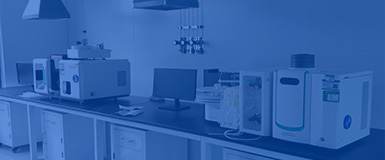
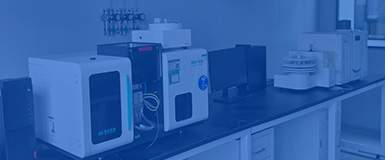
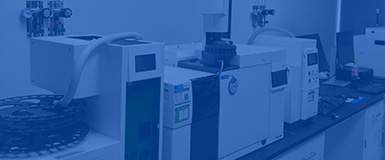

 第三方检测机构
第三方检测机构


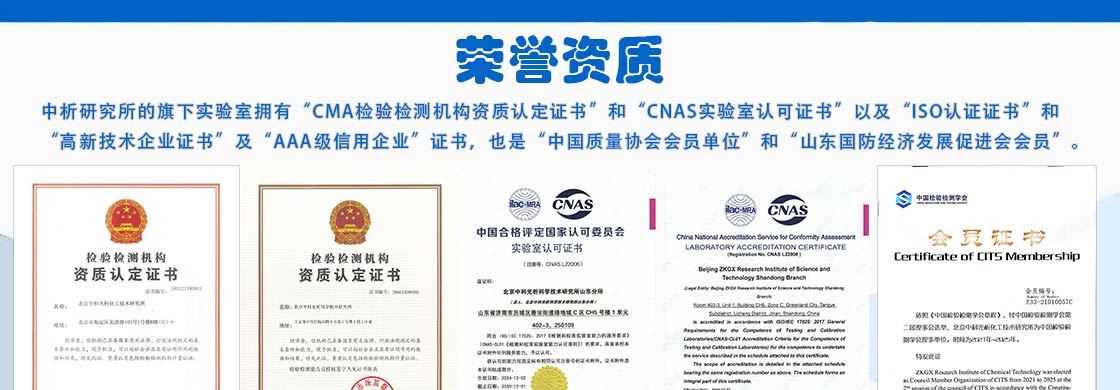
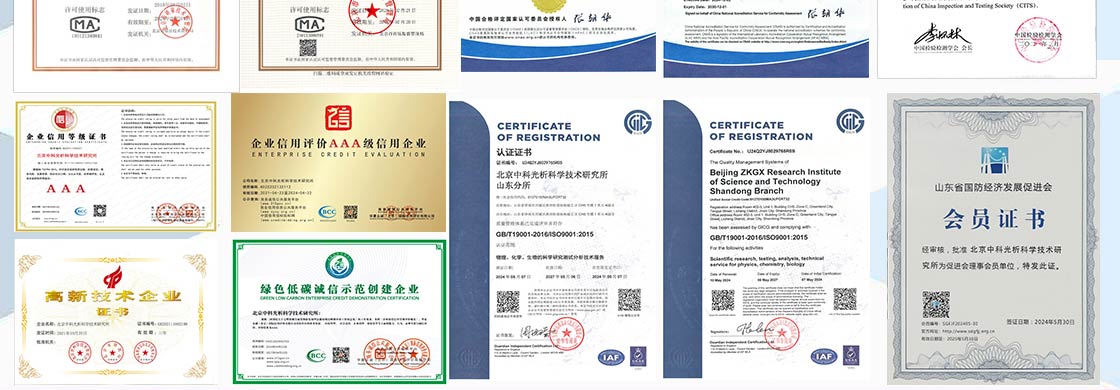

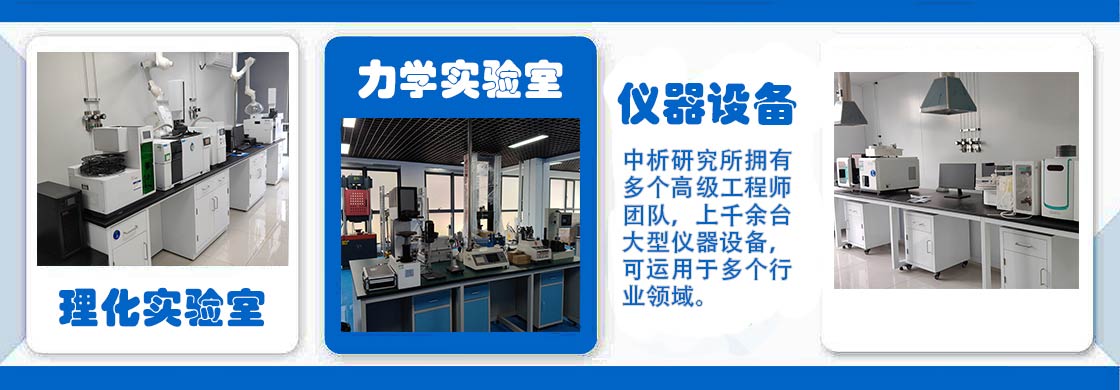
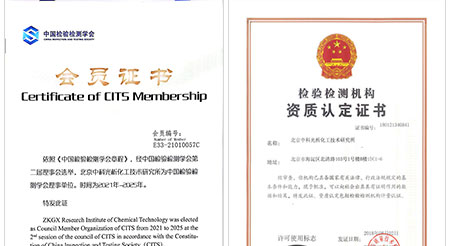




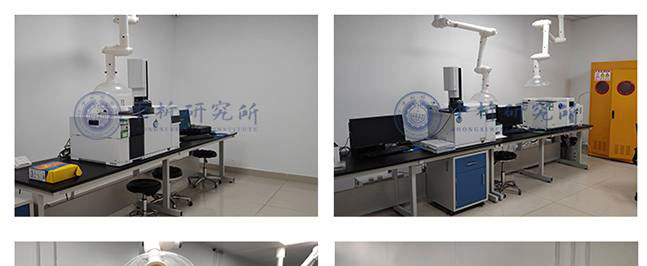
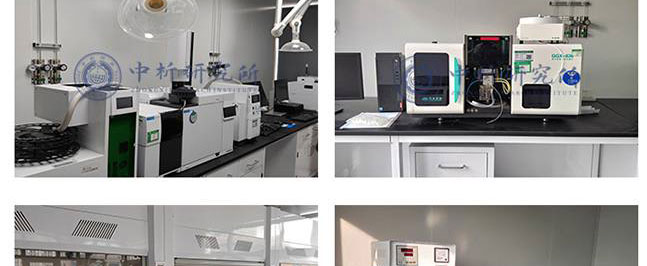
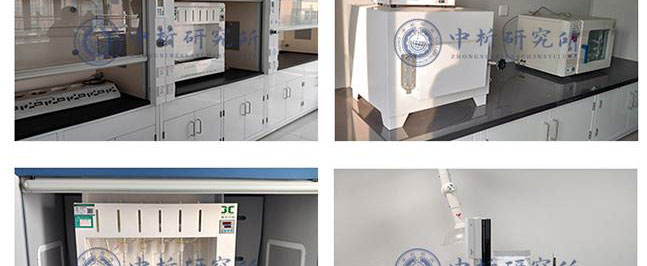
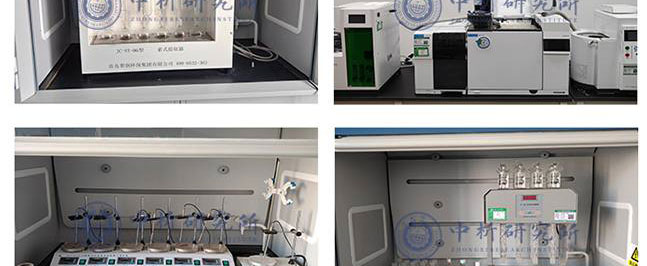
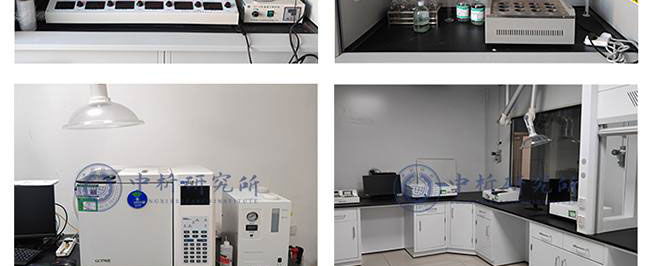
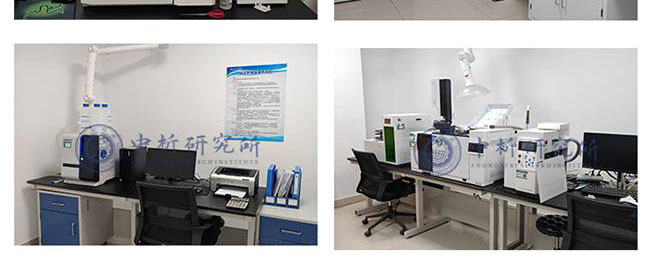




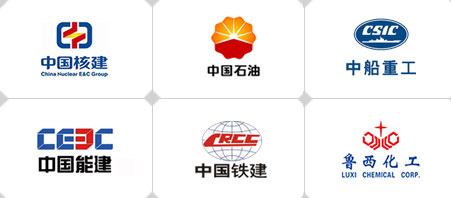

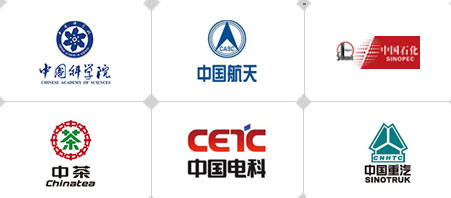










 备案号:
备案号: